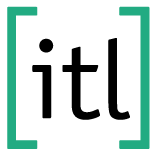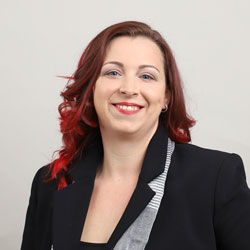Two-day brief, intensive seminar on technical documentation
The brief, intensive itl seminar on technical documentation – bringing together 35 years of practical expertise.
We offer the benefit of years of practical experience – combined with the right theory.
- Constantly up to date:
The latest trends and the most important perennial issues in the field of technical documentation. - Participants at the centre of focus:
Bring your examples of technical documentation with you. The trainer will be happy to include them in the seminar. (Be bold, he who dares wins!) - Practice-related seminar documents:
You receive the seminar documents and exercises as a collection of PDF files that you can easily annotate during the seminar. The result is a collection of information that will serve as a valuable work of reference in your everyday working life.
1. the legal framework
Laws & standards → Documentation as a duty & responsibility
Documentation begins with compliance with legal, normative and liability requirements. It creates legal certainty - for companies, products and users.
Documentation begins with compliance with legal, normative and liability requirements. It creates legal certainty - for companies, products and users.
2. The documentation process - think digital
From creation to distribution to use
In a digitally networked world, documentation is part of an information system - linked to product data, usable in the life cycle, connectable to the Digital Product Passport.
In a digitally networked world, documentation is part of an information system - linked to product data, usable in the life cycle, connectable to the Digital Product Passport.
3. User centricity - UX and accessibility
Making technology understandable and usable - for everyone
Good documentation is user-friendly, accessible and intuitive. It is geared towards the context of use and the needs of all target groups.
Good documentation is user-friendly, accessible and intuitive. It is geared towards the context of use and the needs of all target groups.
4.Topic orientation and modularization - no longer “document”, but “information”
Topic-oriented instead of page-based
Information is created in reusable, context-independent units - modular, systematic, media-neutral. This facilitates multilingualism and variant maintenance.
Information is created in reusable, context-independent units - modular, systematic, media-neutral. This facilitates multilingualism and variant maintenance.
5. comprehensibility - the core quality
Only what is understood is used correctly
The 3-level model of comprehension is a prerequisite for precise, clearly structured and target group-oriented formulations.
The 3-level model of comprehension is a prerequisite for precise, clearly structured and target group-oriented formulations.
6. Linguistic consistency - system instead of style
Types of information, terminology, sentence structure, choice of words
Comprehensibility can be shaped: through standardized sentence patterns, consistent terminology and controlled language. This makes it easier to absorb information and reduces the scope for interpretation.
Comprehensibility can be shaped: through standardized sentence patterns, consistent terminology and controlled language. This makes it easier to absorb information and reduces the scope for interpretation.
7. Mental models & visualization - supporting thinking
Making technology understandable in the mind
Visualizations, process illustrations and concept maps promote understanding. Visualizations and concept maps pick up on mental models - i.e. what users expect and need in order to act sensibly.
Visualizations, process illustrations and concept maps promote understanding. Visualizations and concept maps pick up on mental models - i.e. what users expect and need in order to act sensibly.
Technical writers, technical translators and anyone working in technical documentation and involved in planning documentation projects.
This is a two-day seminar.
Please register at least two weeks before the date to ensure that everything runs smoothly. If you miss this deadline, registration is possible on request in exceptional cases.


